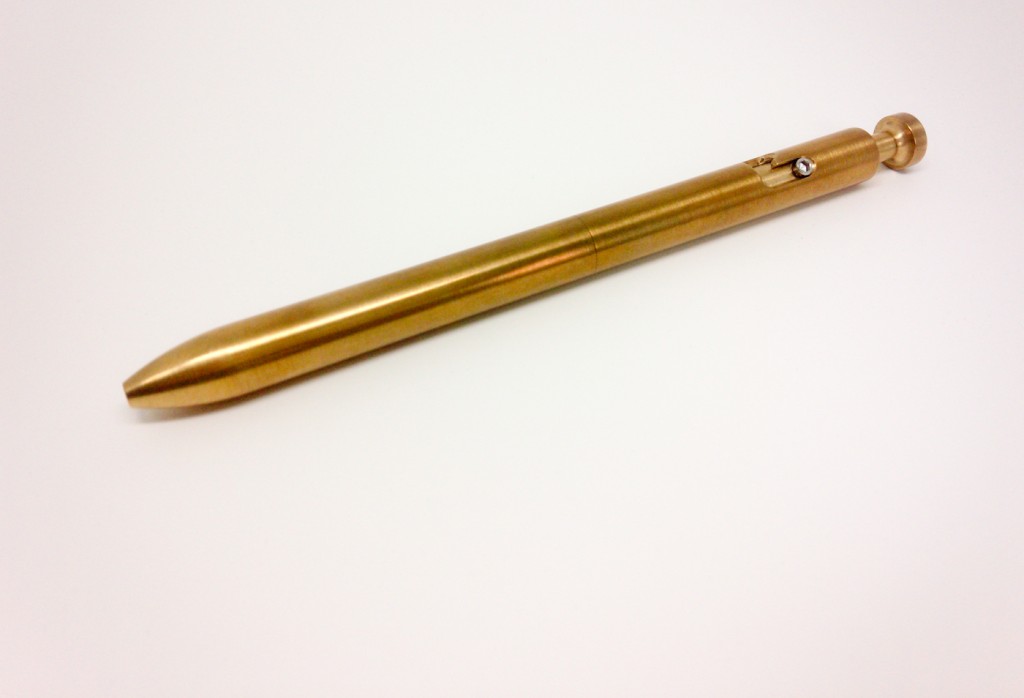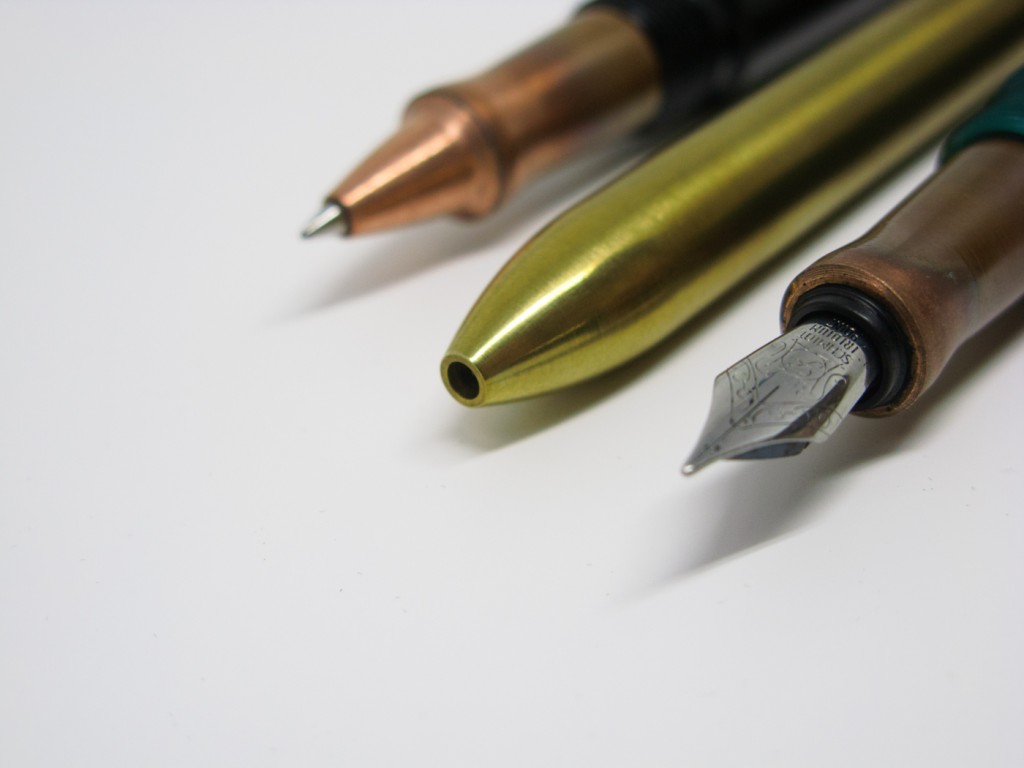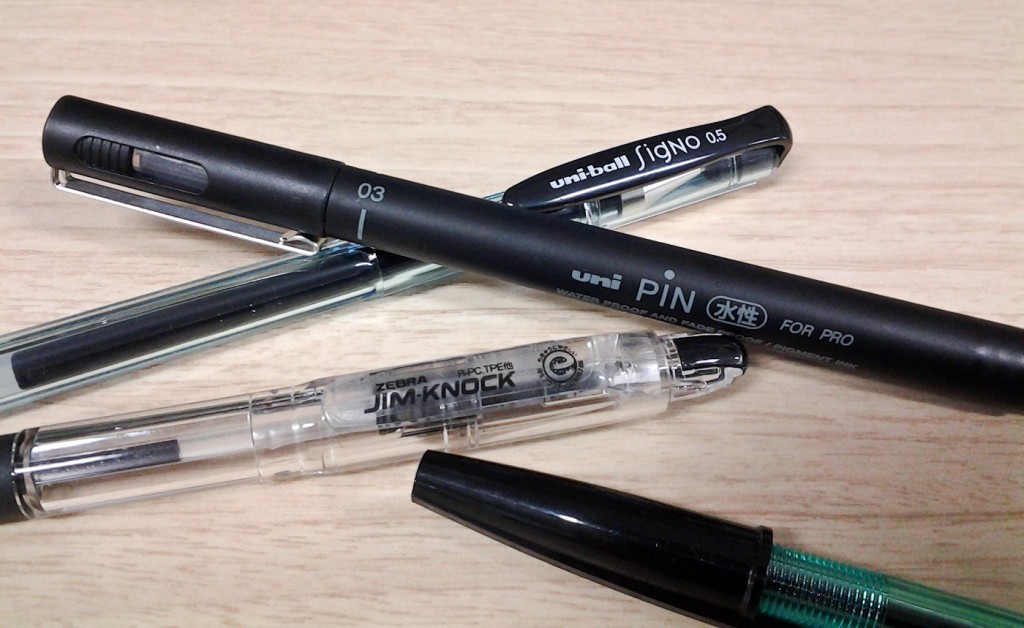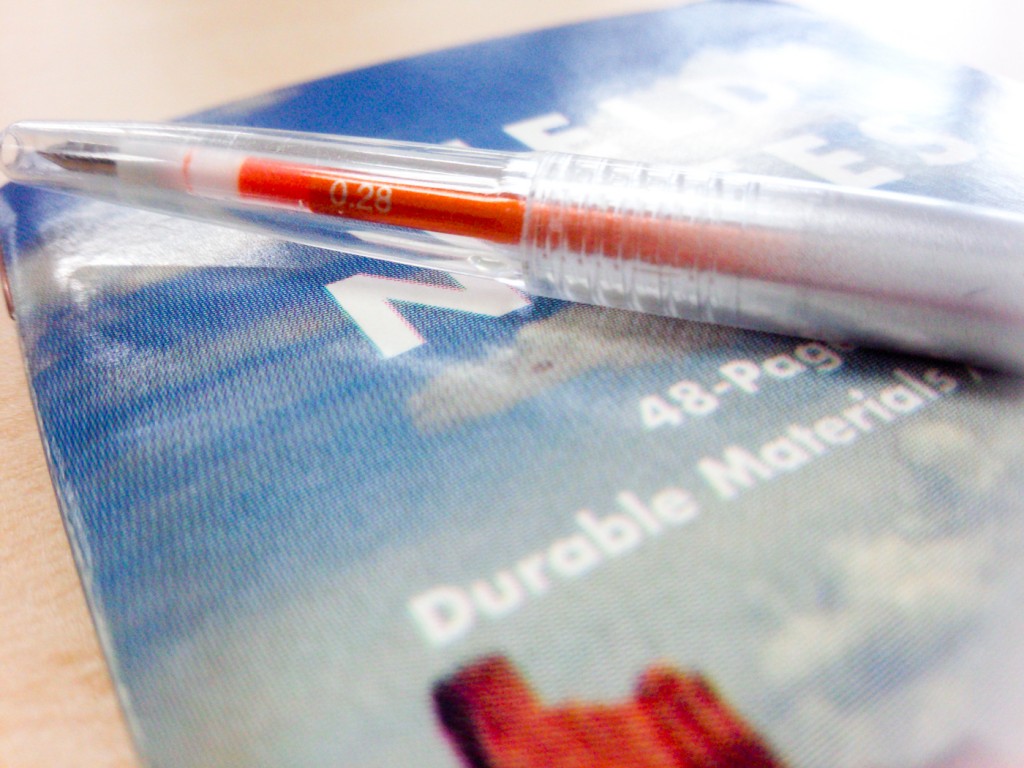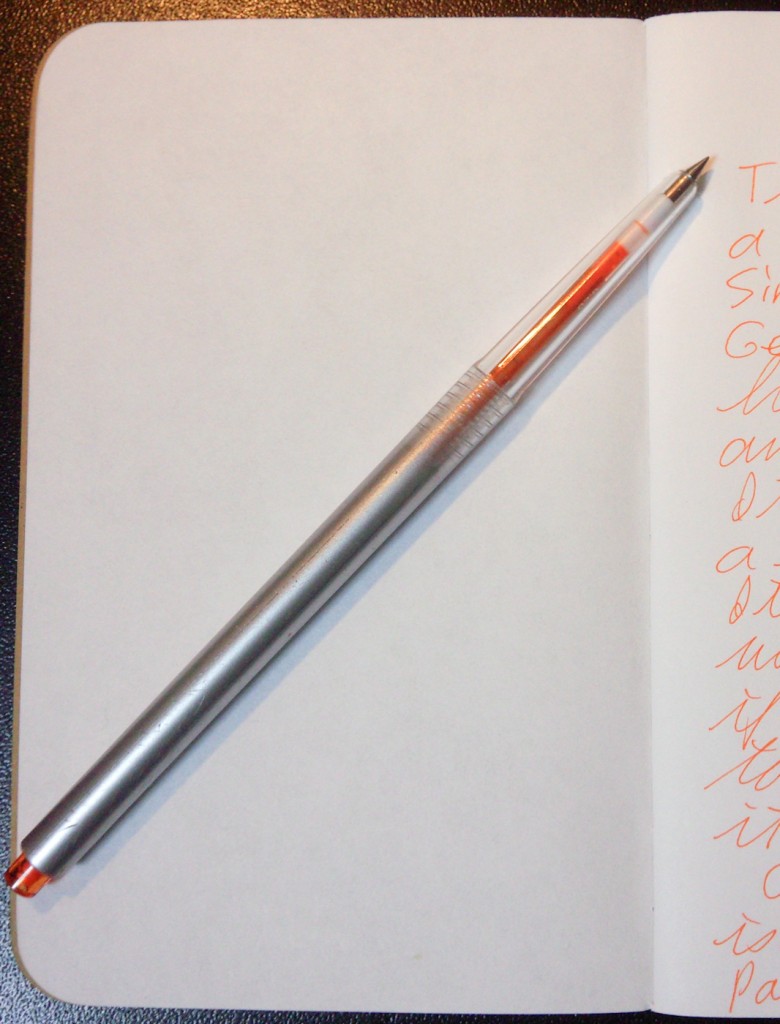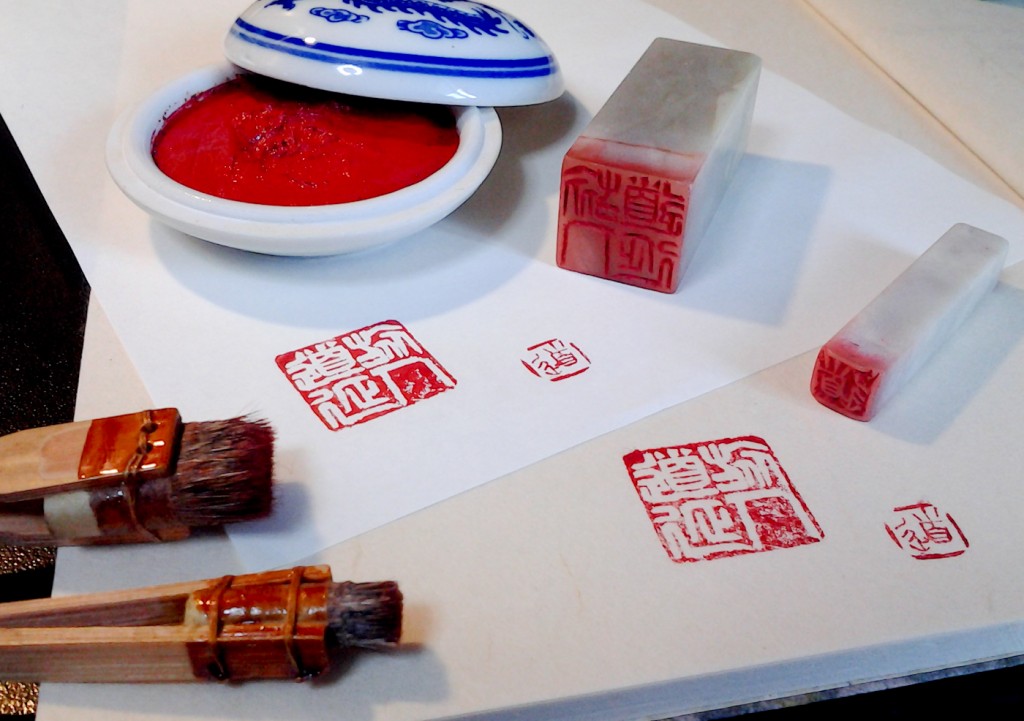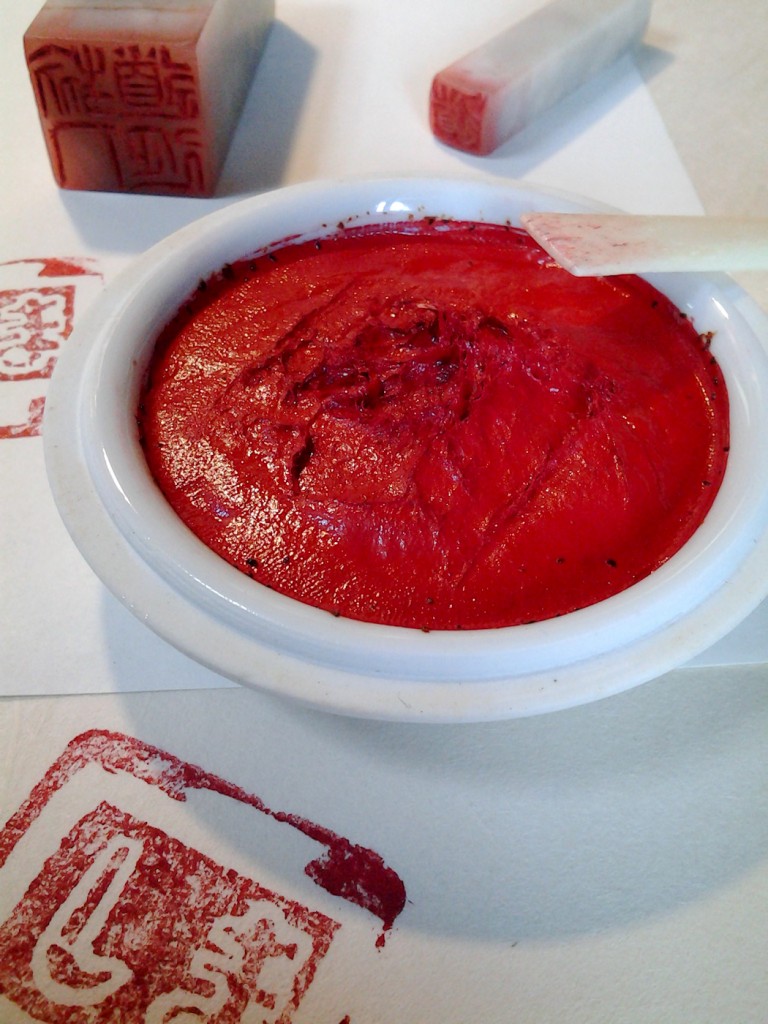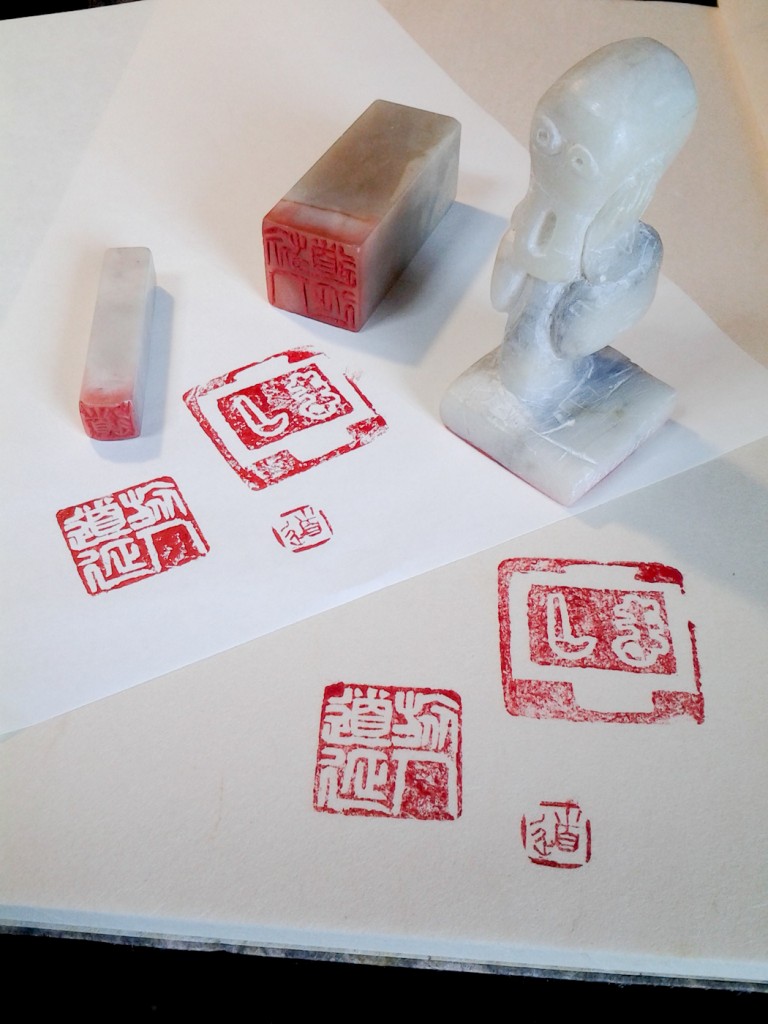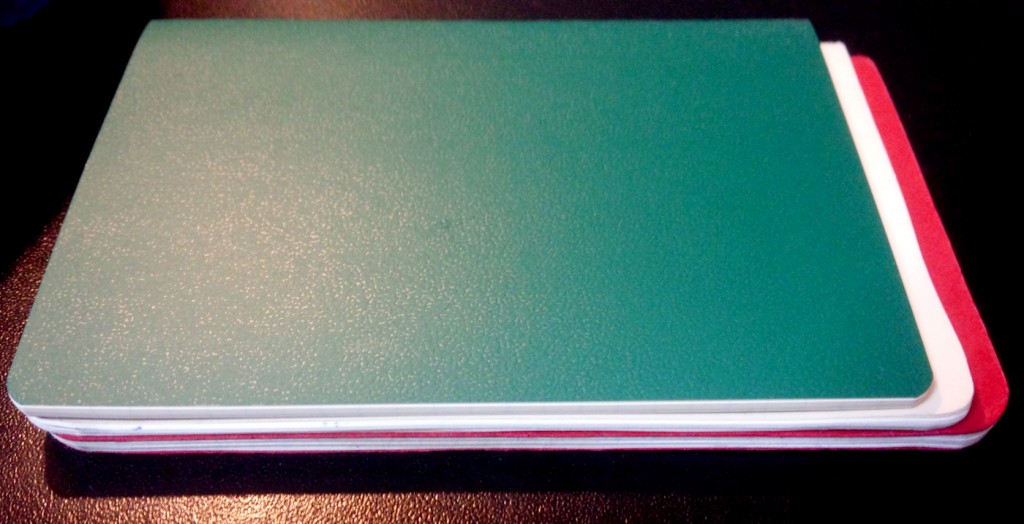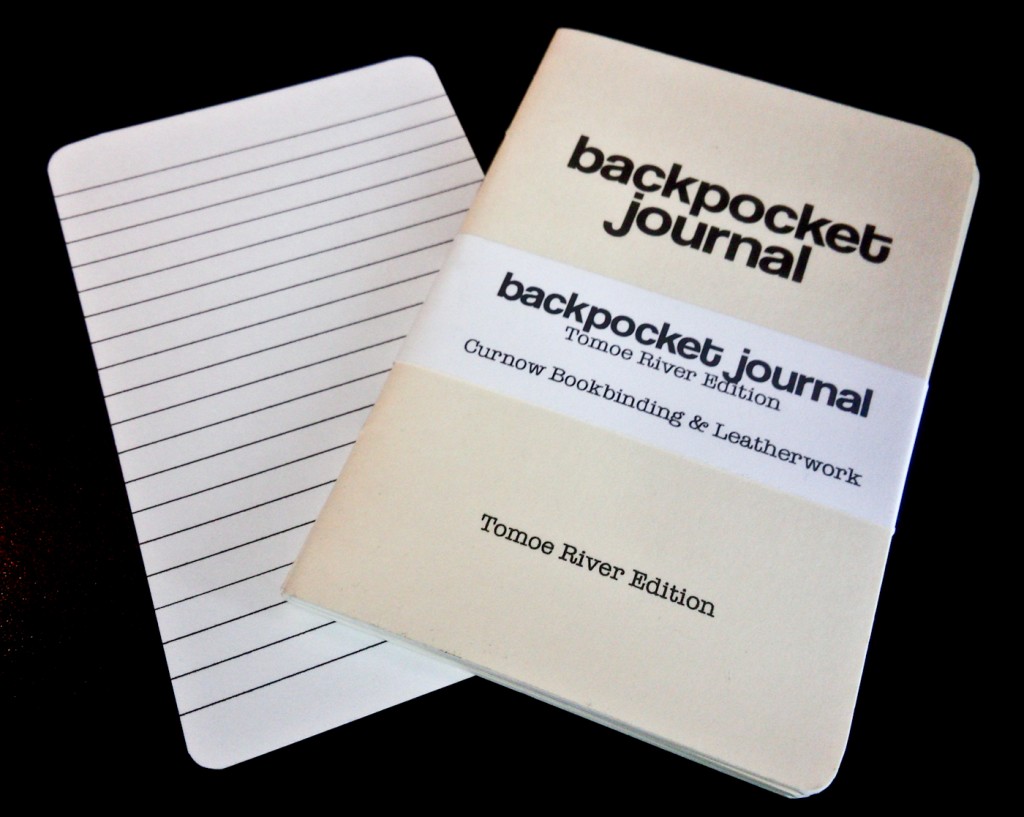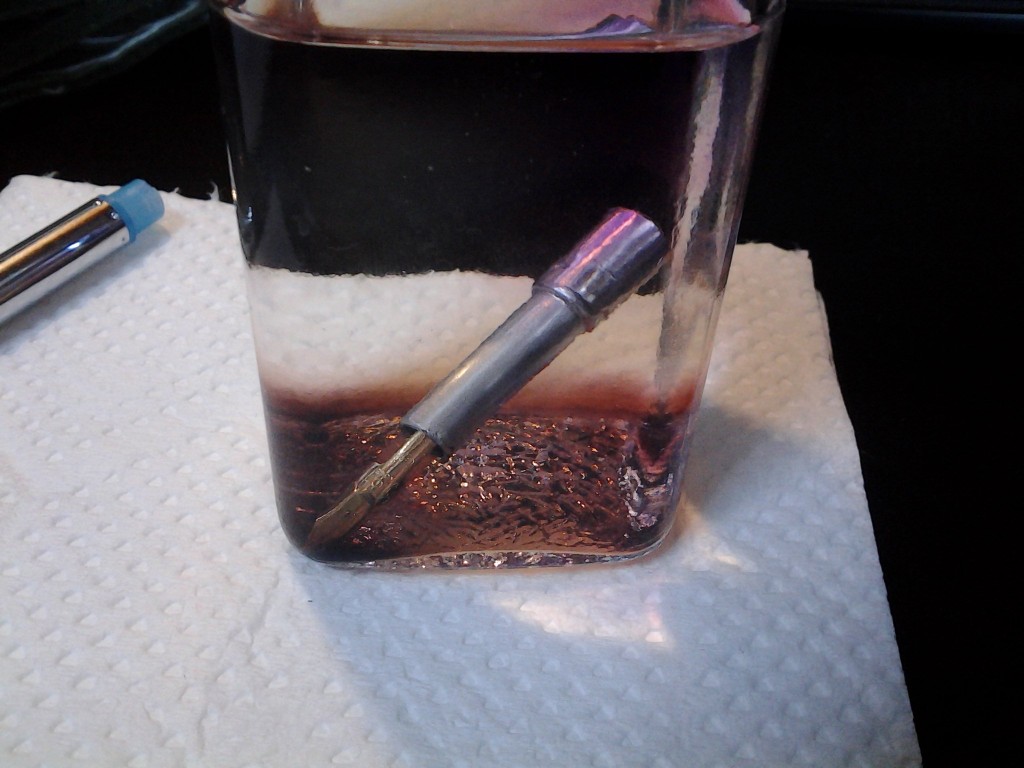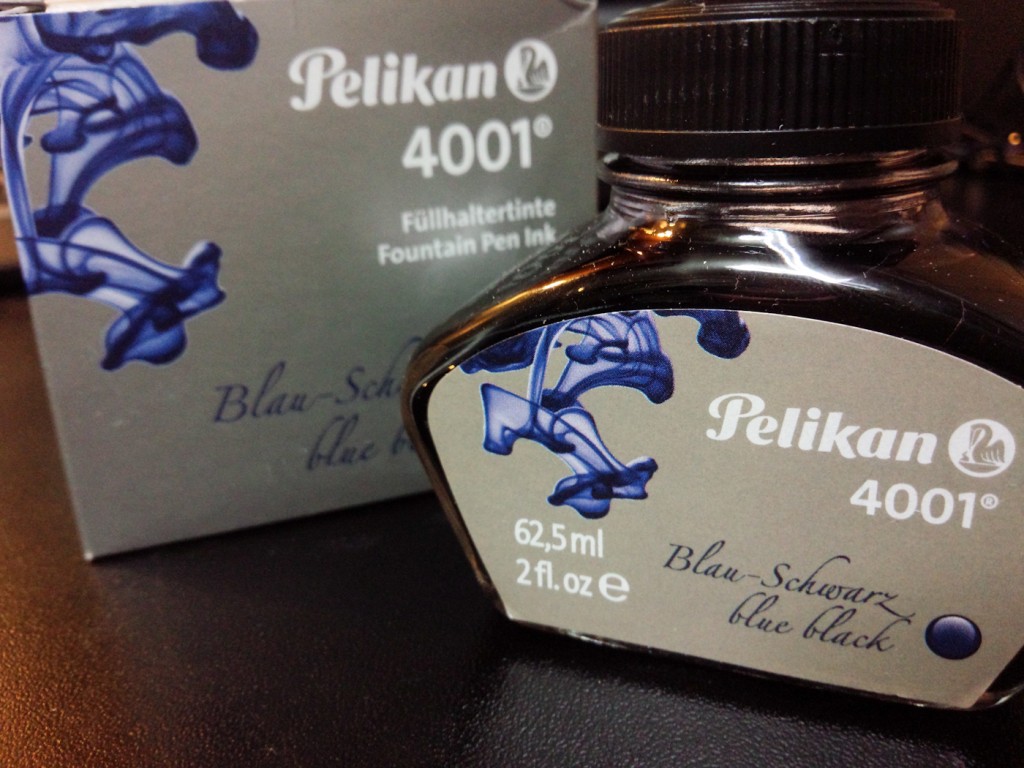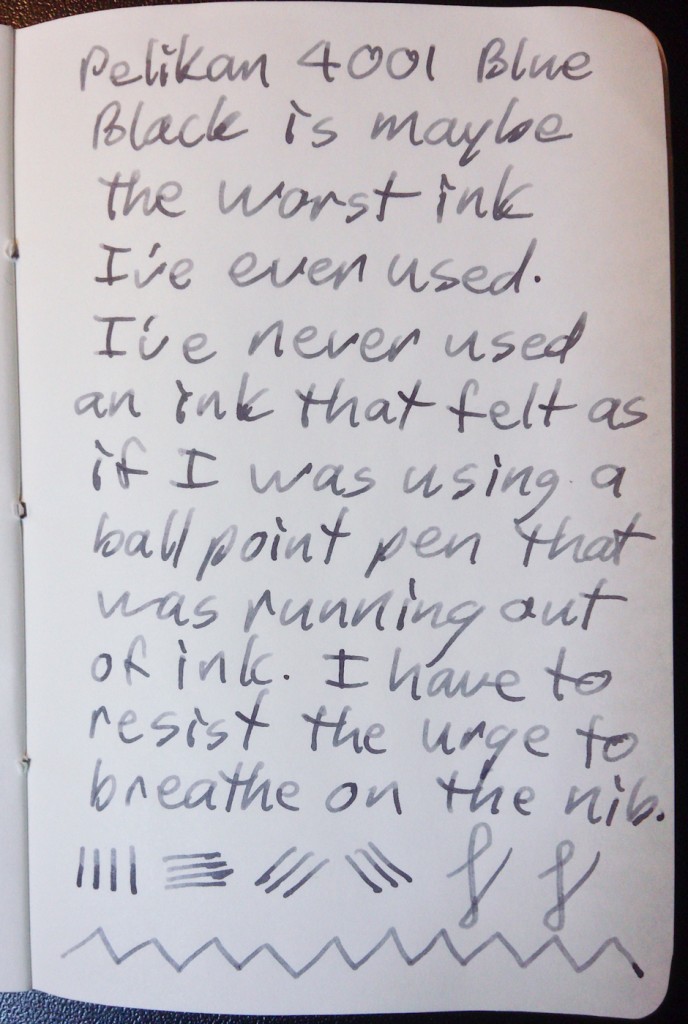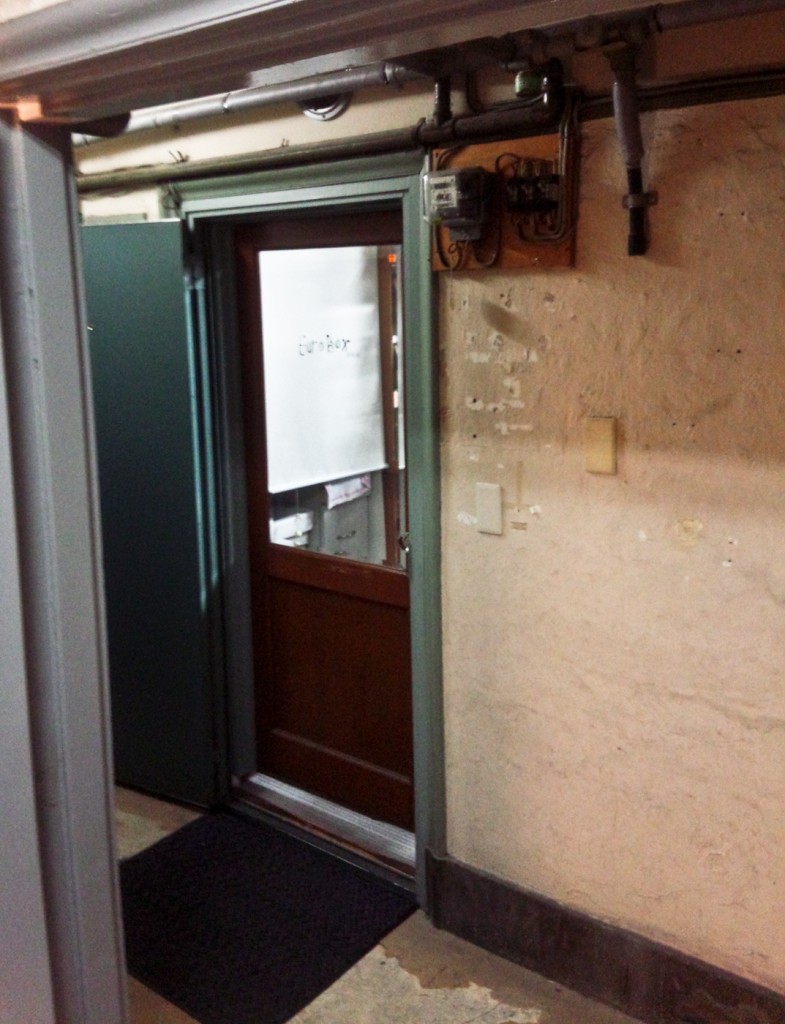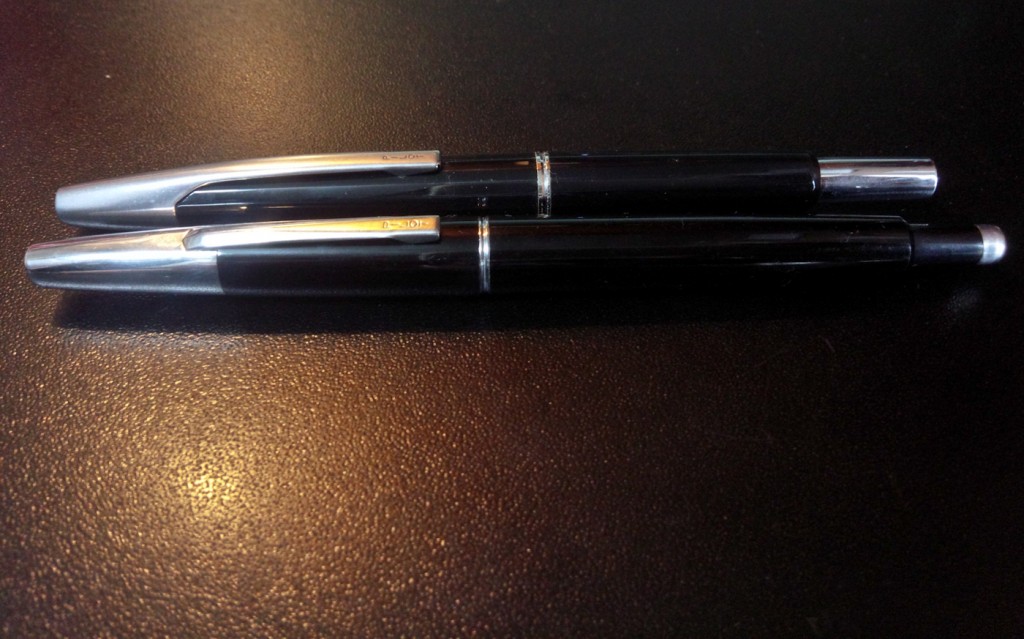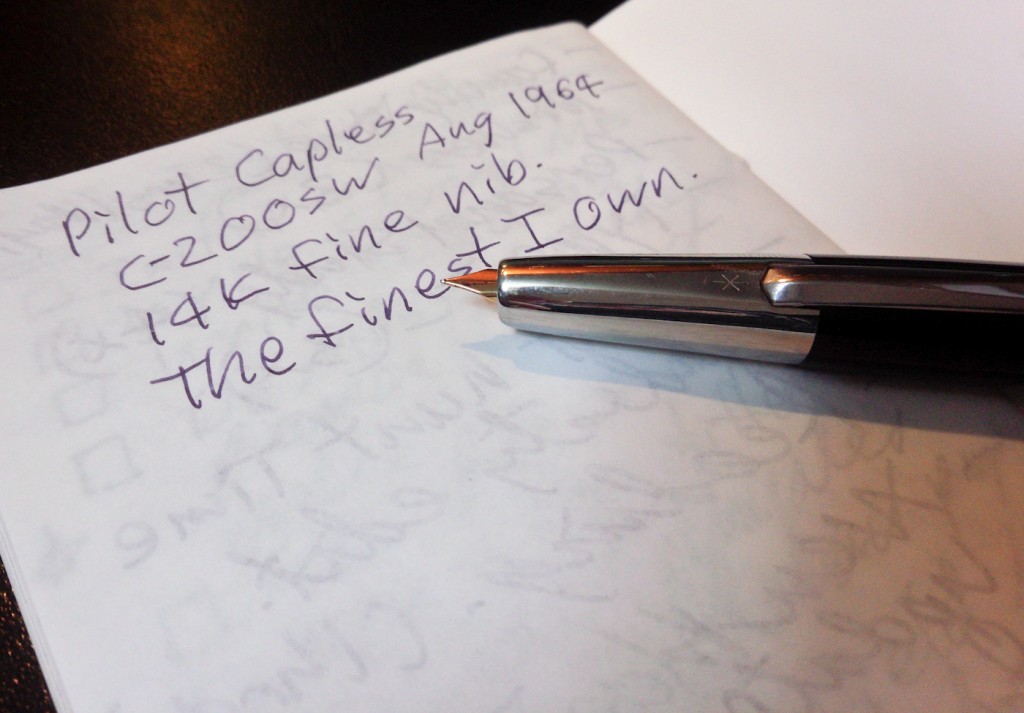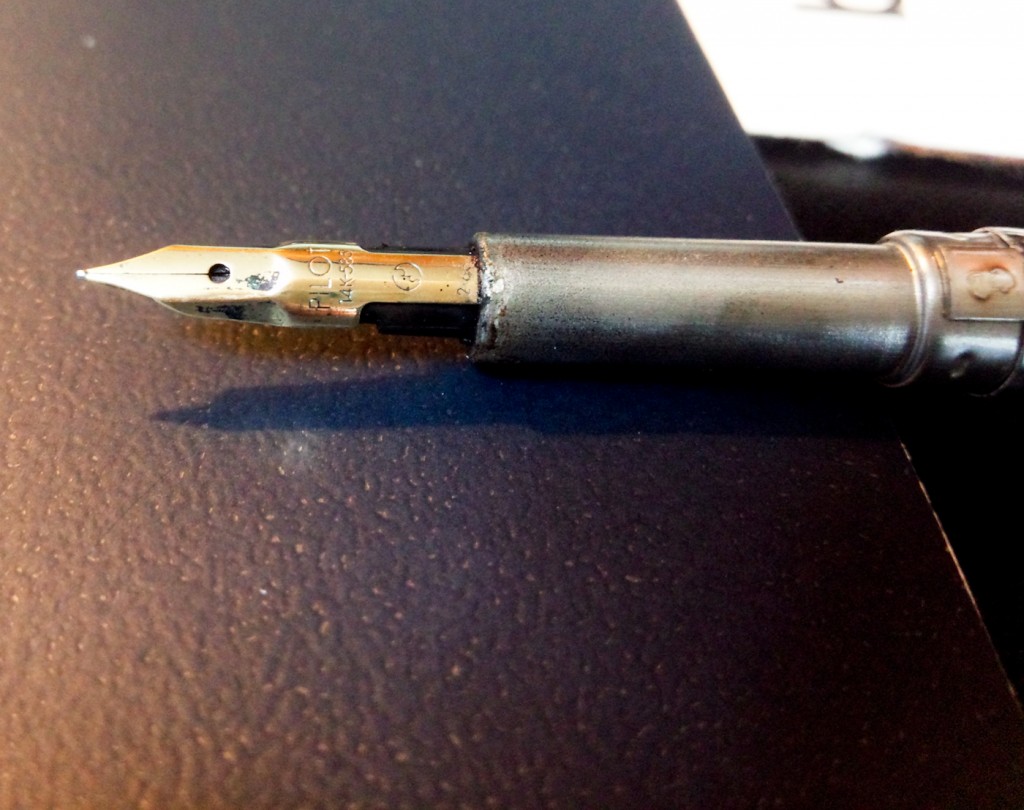When all is said and done, writing with a pen and weightlifting ought not have too much in common.
A while ago, probably thanks to Massdrop, I bought a pen that looks awesome but is too heavy to use comfortably.
The pen is the brass version of the Karas Kustoms Bolt. The Brass Bolt (as I like to call it) looks a lot like an old school syringe. It is made of machined brass and holds a Pilot G2 refill–in this case a black .38. Like all Karas Kustoms pens it is well designed and perfectly machined. The worst I can say about the looks is that I can see the line where the two sections join.
Rather than simply pressing the nock on the pen to deploy the tip, you have to press and twist. This, in theory, prevents the pen from deploying in your pocket or your bag and thus making a mess. Unfortunately, it also adds an inch or so (2-3 centimeters) to the length of the pen and throws off its balance.
I’ve written several sets of morning pages and my daily 10 ideas and each time I’ve found the pen awkward to use. The brass makes it 2.85 ounces (81 grams) which means it weighs more than my both my Tactile Turn Mover and Shaker pens combined (they are 2.4 ounces or 69 grams.) It also weighs almost as much as my Karas Kustoms Ink fountain pen and roller ball with the caps posted (3.6 ounces or 102 grams).
(Note: I never use them posted.)

The Ink Roller ball (top); the Brass Bolt (middle) and the Ink fountain pen (bottom). All the weight is in the middle.
Because the Brass Bolt is so long and heavy I find I have to choke back on the pen. If you look at the picture above, I have to grip the Bolt next to the threads on the other two pens in order to get it to balance right. I also find that extended writing makes my hand and wrist sore. It’s also a thick pen, which changes my grip.
Also, although the bolt mechanism is an interesting conversation piece, it seems to solve a problem that isn’t that much of a problem. In all the years I’ve used and carried ball point pens–which, yes, I still often do–I never once had one deploy in my pocket. In fact, the only mess that ever came from a ballpoint pen is when I accidentally stuck one back in my jeans pocket without un-nocking it. (It left an interesting star pattern on my jeans and my leg.)
Although it’s a beautiful pen, and I wish I liked it more, the brass Bolt is not long for my collection. If I’m not comfortable using it, I won’t keep it. I’ve heard that the aluminum versions are much lighter and much more comfortable to use. I may try one of them some day and do a little more writing and a lot less weight lifting.

